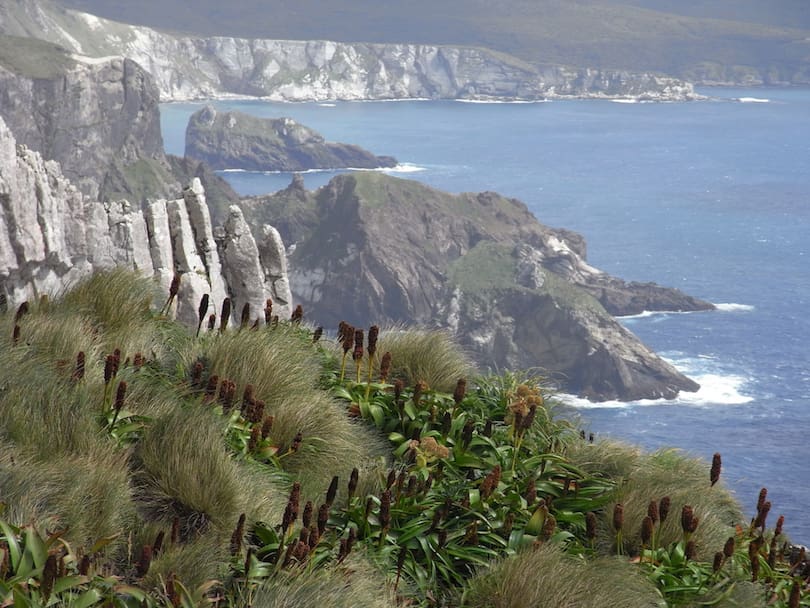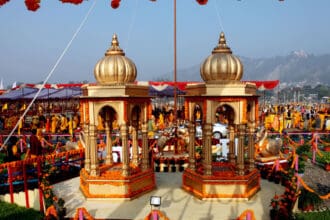Jeypore, located in the Koraput district of Odisha, India, is a beautiful city surrounded by lush green forests, mountains, and waterfalls. It is a perfect destination for nature lovers who want to experience the rich culture, traditions, and history of this beautiful city. In this article, we will explore the top 5 places to visit in Jeypore.
1. Jagannath Sagar
Jagannath Sagar, a man-made lake in the heart of Jeypore, was built in the 18th century by the king of Jeypore, Raja Jagannath Singh Deo. The lake is surrounded by lush green trees and has a beautiful garden on its banks. Visitors can enjoy the serene atmosphere, take a leisurely stroll, or have a picnic with family and friends. Boating in the lake is also a popular activity among visitors. The sunset view from the lake is breathtaking and a must-see for all visitors.
2. Gupteswar Cave
Gupteswar Cave, a natural limestone cave located 60 km from Jeypore, is a famous pilgrimage site. The cave is believed to have a self-manifested Shiva lingam, and it is considered a sacred place by Hindus. Visitors have to crawl to enter the narrow entrance of the cave. The cave is well-lit and has various stalactite and stalagmite formations. The spiritual significance of the cave attracts many devotees during the Shivratri festival.
3. Duduma Waterfall
Duduma Waterfall, located on the Machkund river, which forms the border between Odisha and Andhra Pradesh, is a magnificent waterfall that stands at a height of 157 meters. The waterfall is surrounded by dense forests, and the view of the waterfall amidst the greenery is awe-inspiring. Visitors can take a dip in the cool and refreshing water or just relax and enjoy the serene beauty of the waterfall.
4. Tribal Museum
Tribal Museum, located in Koraput, 22 km from Jeypore, is a must-visit for those interested in the rich tribal culture and history of Odisha. The museum has a vast collection of tribal artifacts, including jewelry, weapons, musical instruments, and textiles. The museum also has a library with an extensive collection of books on tribal history and culture. The museum offers a glimpse into the lives and traditions of the various tribes living in the Koraput district.
5. Kolab Reservoir
Kolab Reservoir, located near Jeypore, is a popular picnic spot surrounded by lush green forests. The reservoir has a beautiful garden on its banks, which makes it a perfect place for relaxation and spending quality time with family and friends. Visitors can also enjoy boating in the reservoir and watch the beautiful sunset, which is a magical experience.
In conclusion, Jeypore is a city with many hidden gems that offer a unique experience to visitors. The city is a perfect blend of nature, culture, and history, making it an ideal destination for all kinds of travelers. From the man-made lake to the natural waterfall, from the limestone cave to the tribal museum, and from the picnic spot to the religious site, Jeypore has something for everyone. So, if you are planning a trip to Odisha, make sure to include Jeypore in your itinerary.
FAQs
- What is the best time to visit Jeypore? Ans: The best time to visit Jeypore is from October to March. The weather is pleasant during these months, and visitors can enjoy the beauty of the city without any discomfort.
- Is Jeypore a safe place for tourists? Ans: Yes, Jeypore is a safe place for tourists. However, it is always advisable to take necessary precautions and avoid venturing into isolated areas alone at night.
- Are there any other waterfalls near Jeypore? Ans: Yes, there are several other waterfalls near Jeypore, including the Khandahati Waterfall, the Badanala Waterfall, and the Katramala Waterfall.
- Is photography allowed inside the Tribal Museum? Ans: Yes, photography is allowed inside the Tribal Museum, but visitors are required to take permission before clicking photographs.
- What is the distance between Jeypore and Gupteswar Cave? Ans: The distance between Jeypore and Gupteswar Cave is approximately 60 km.







